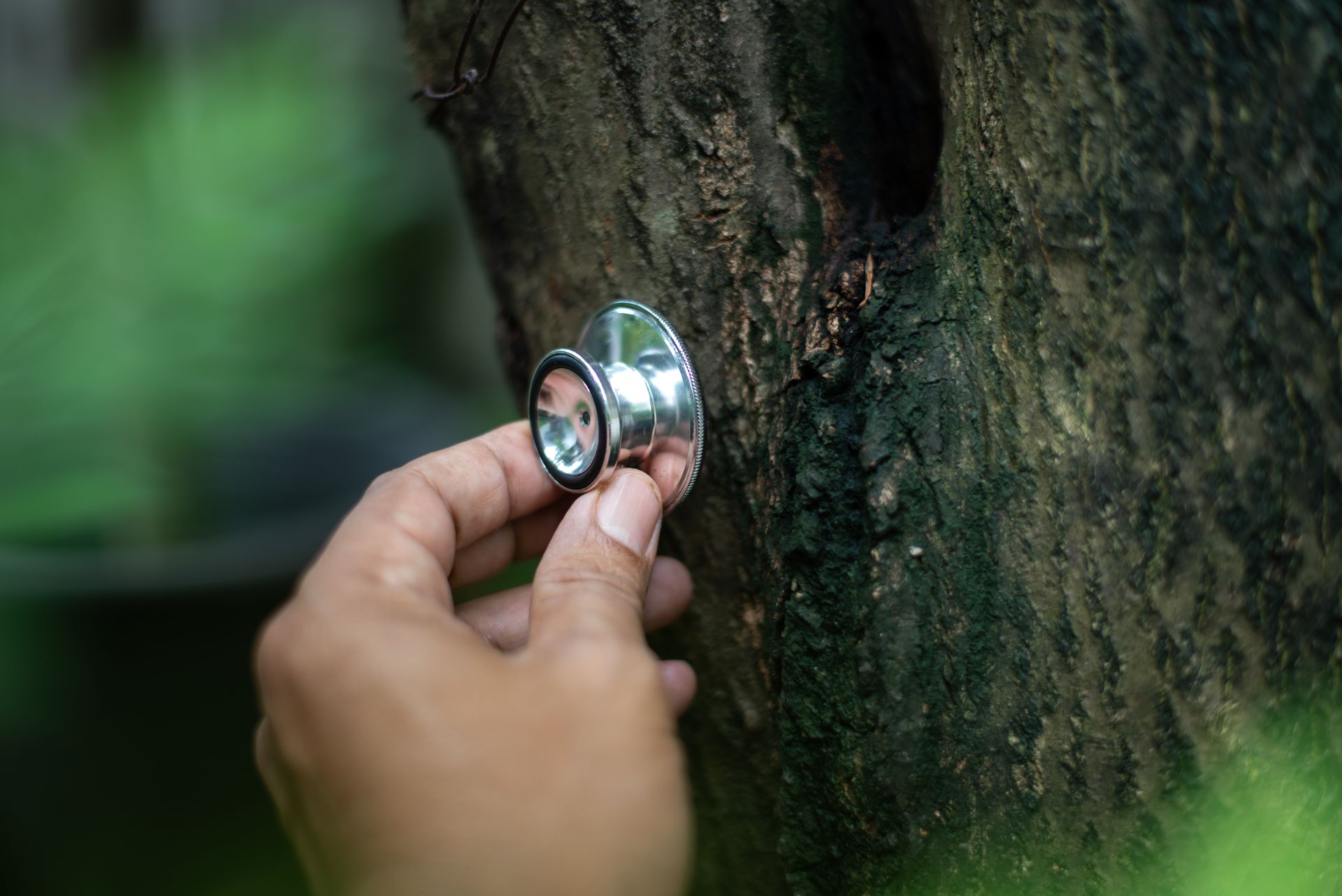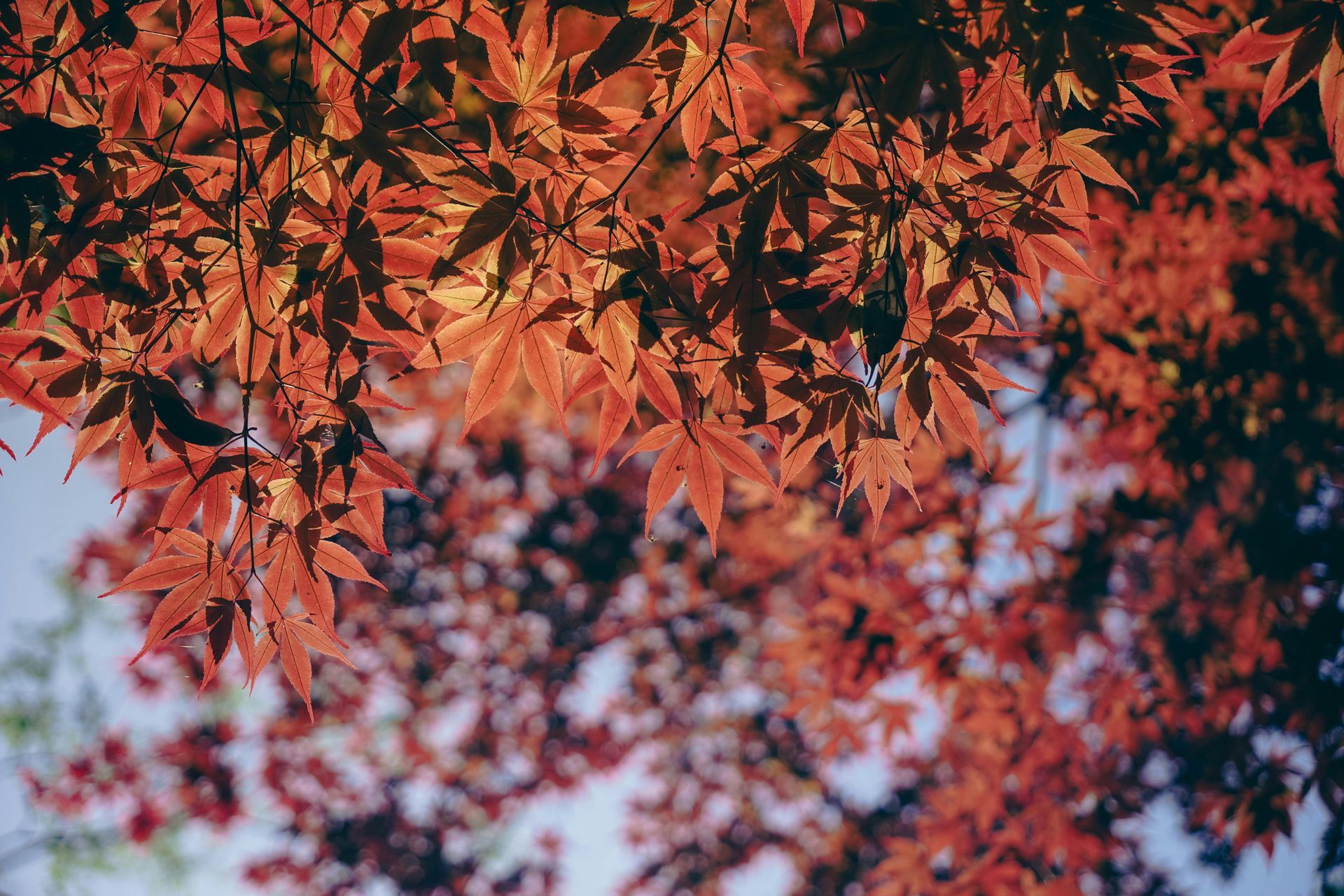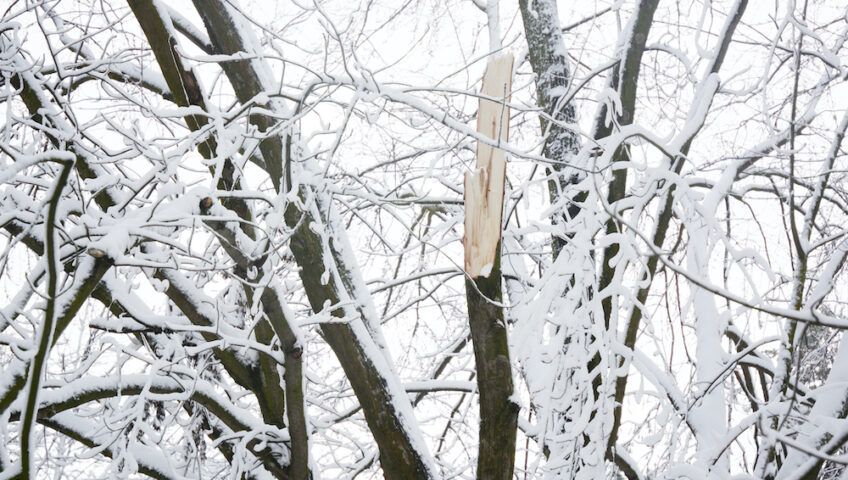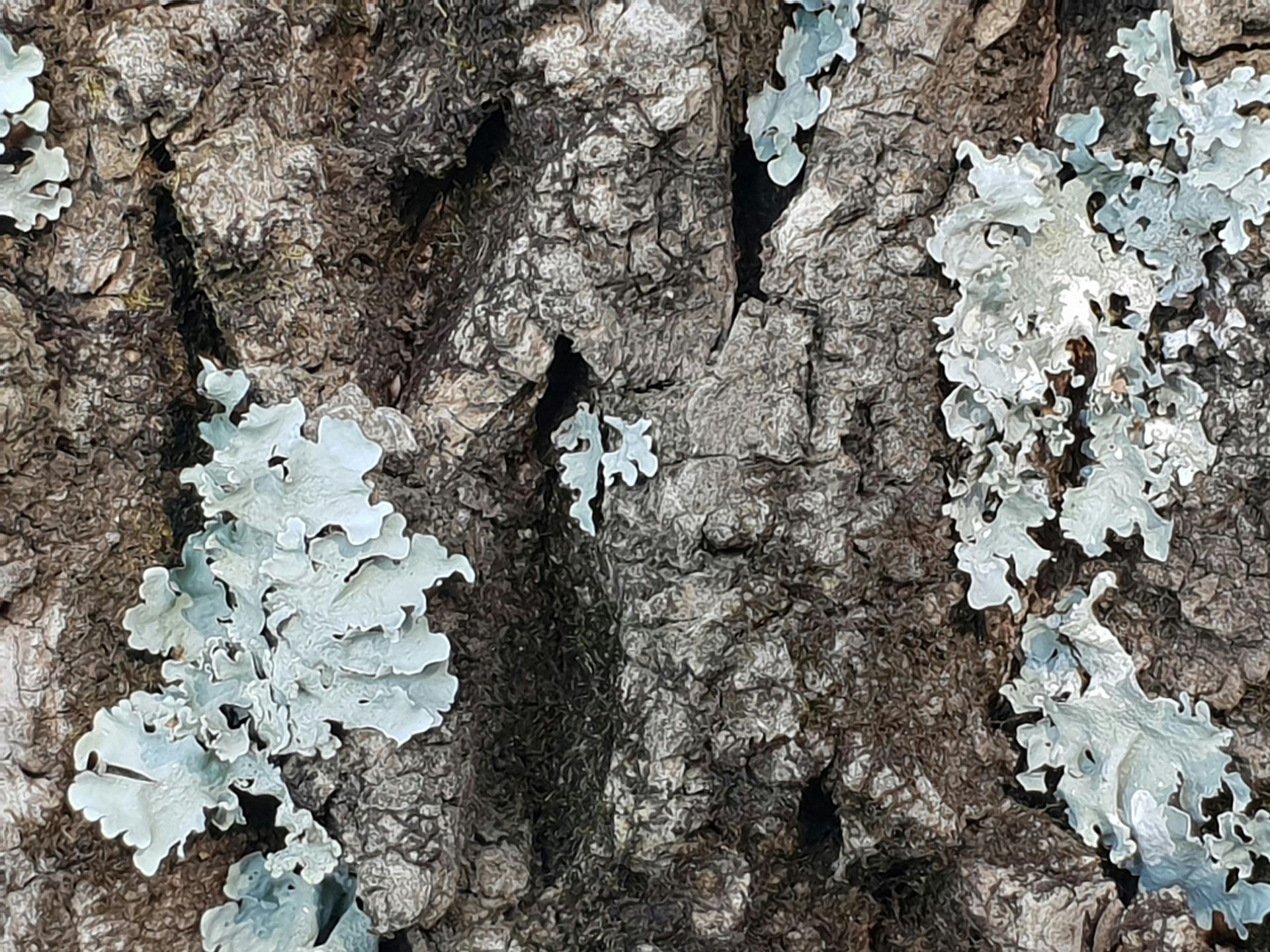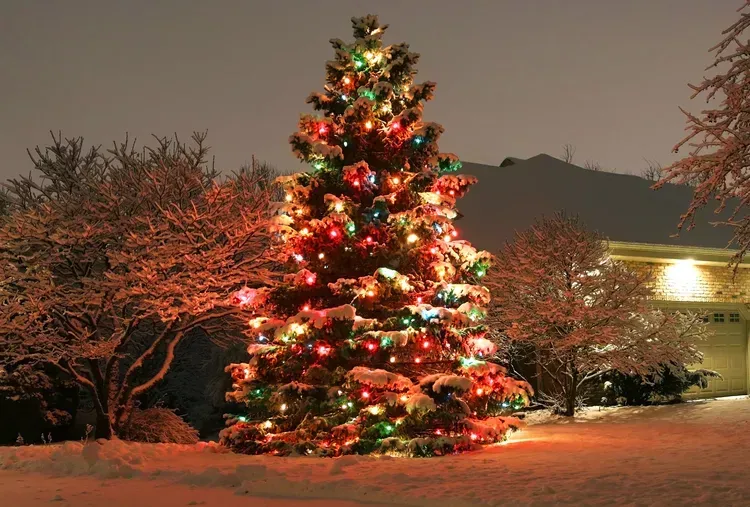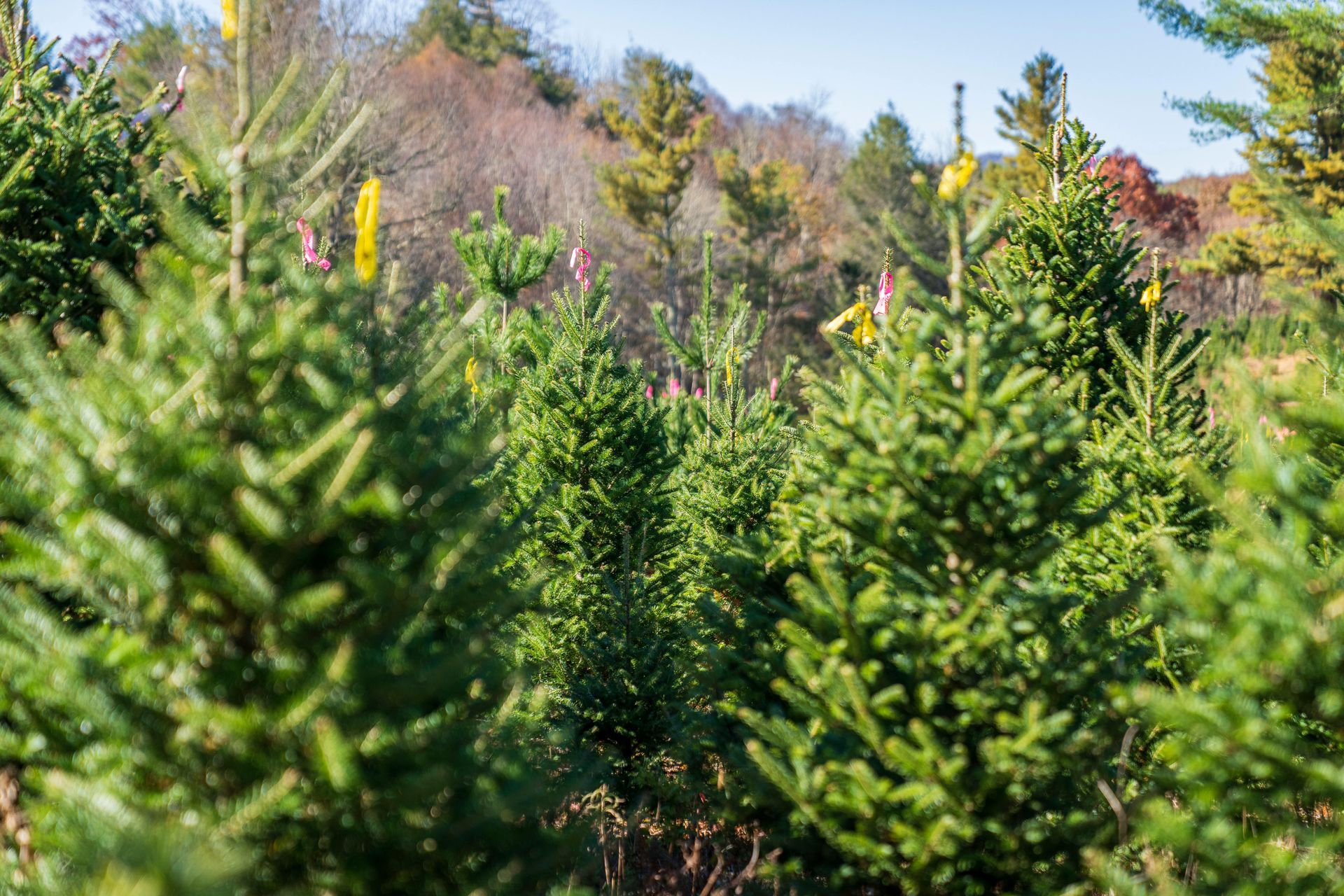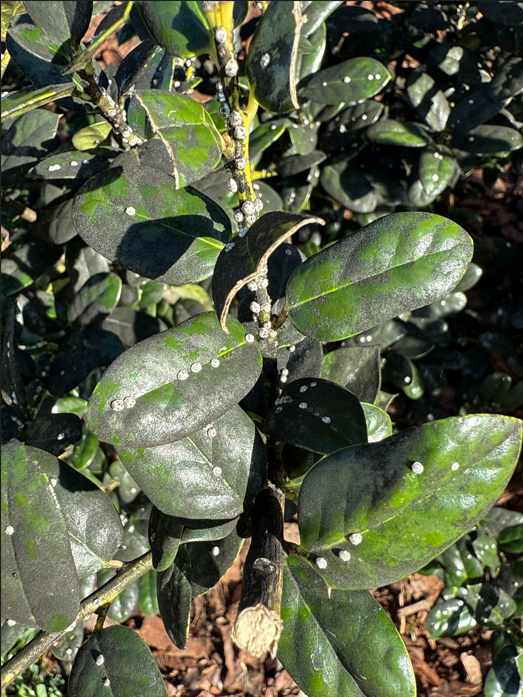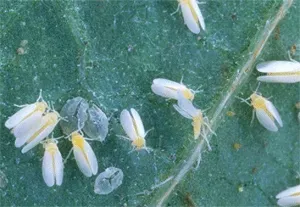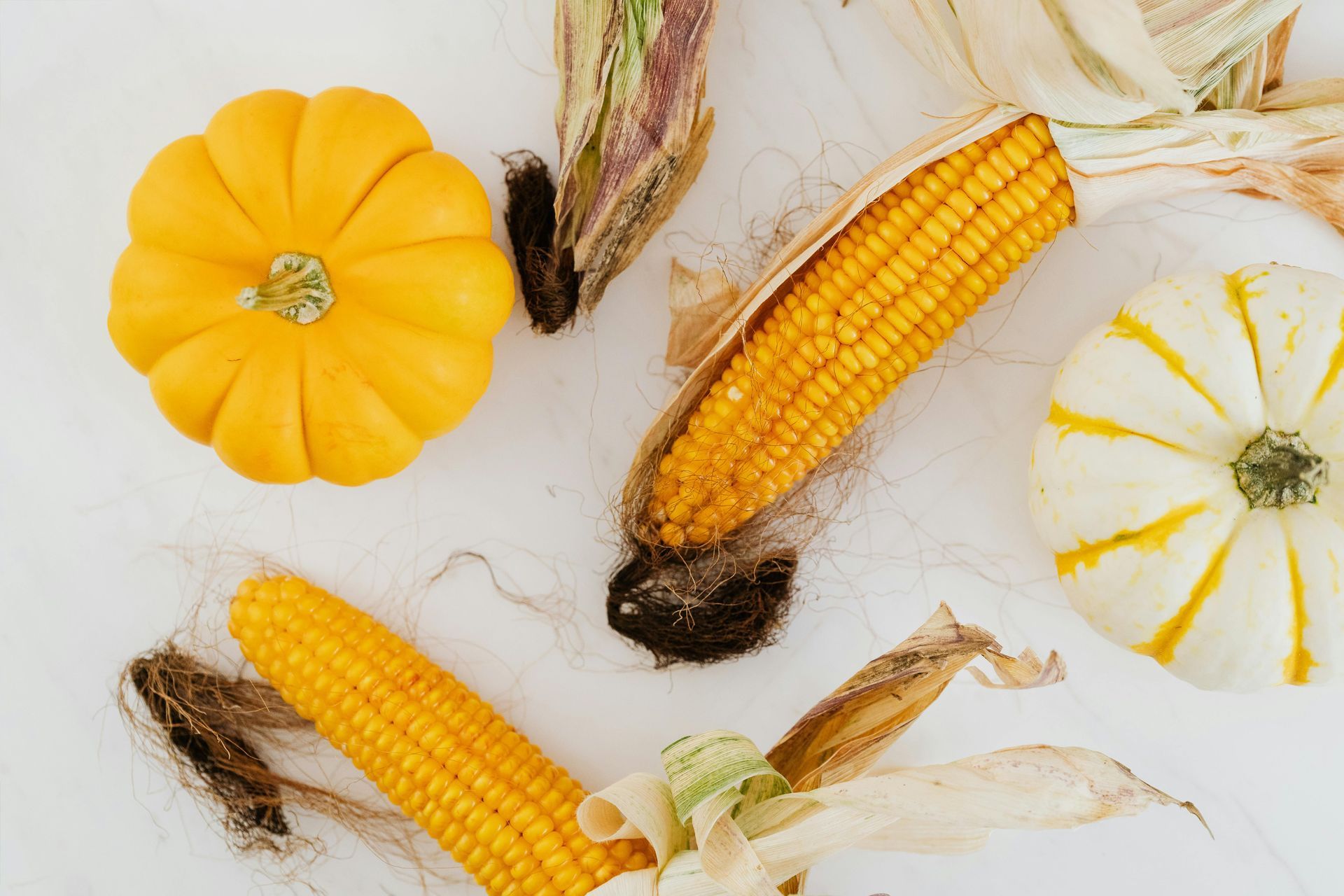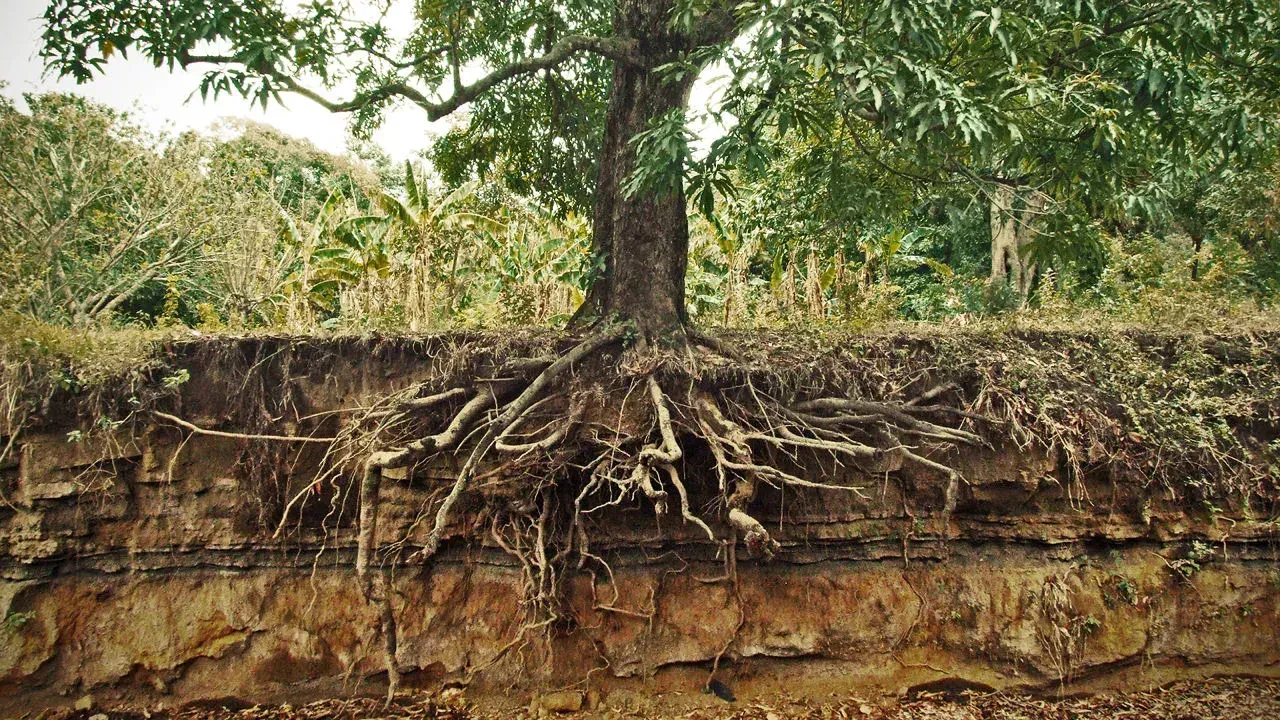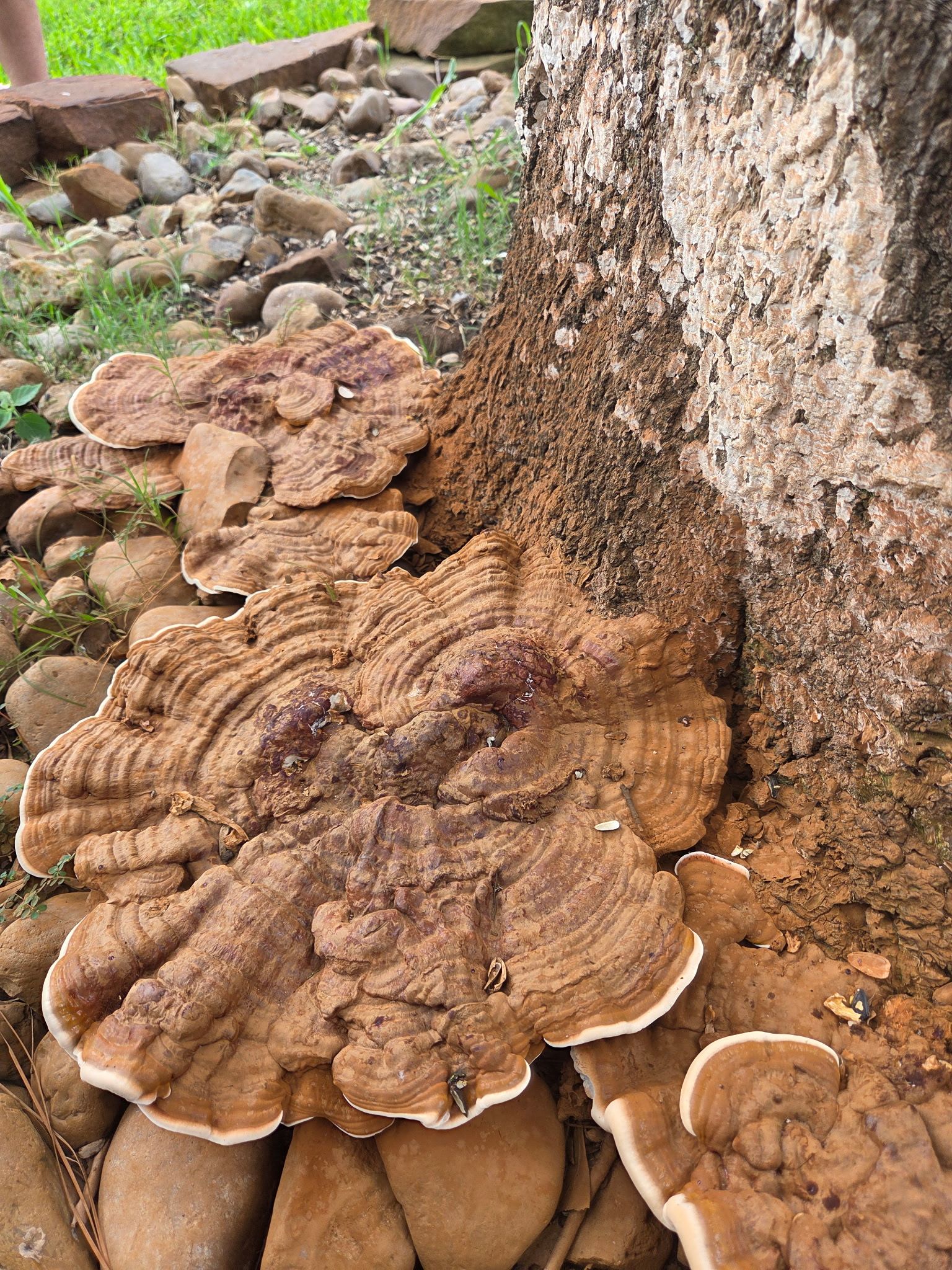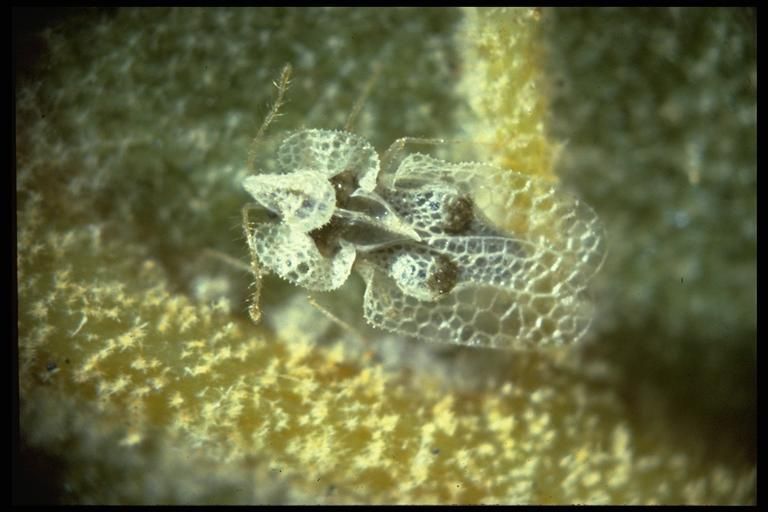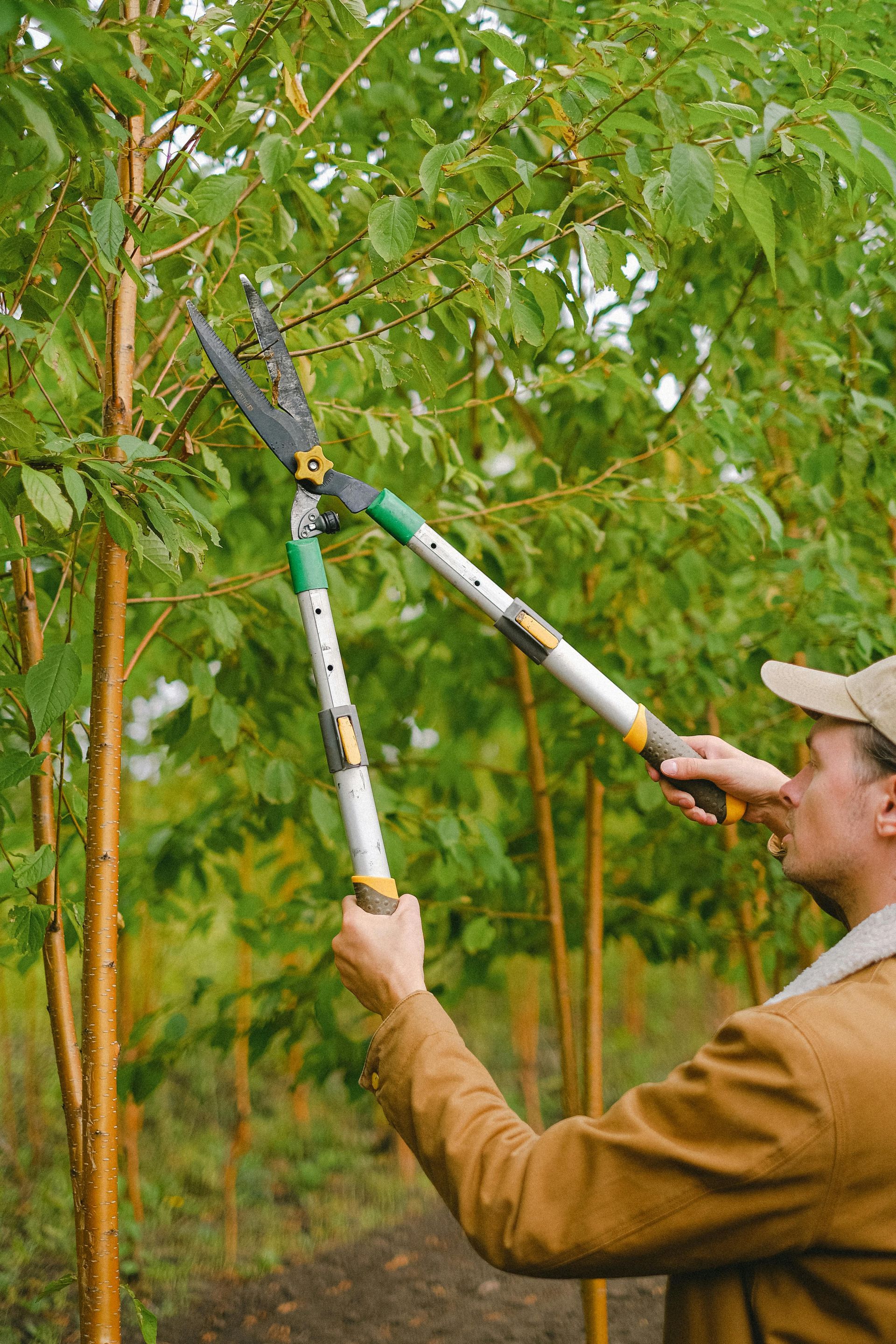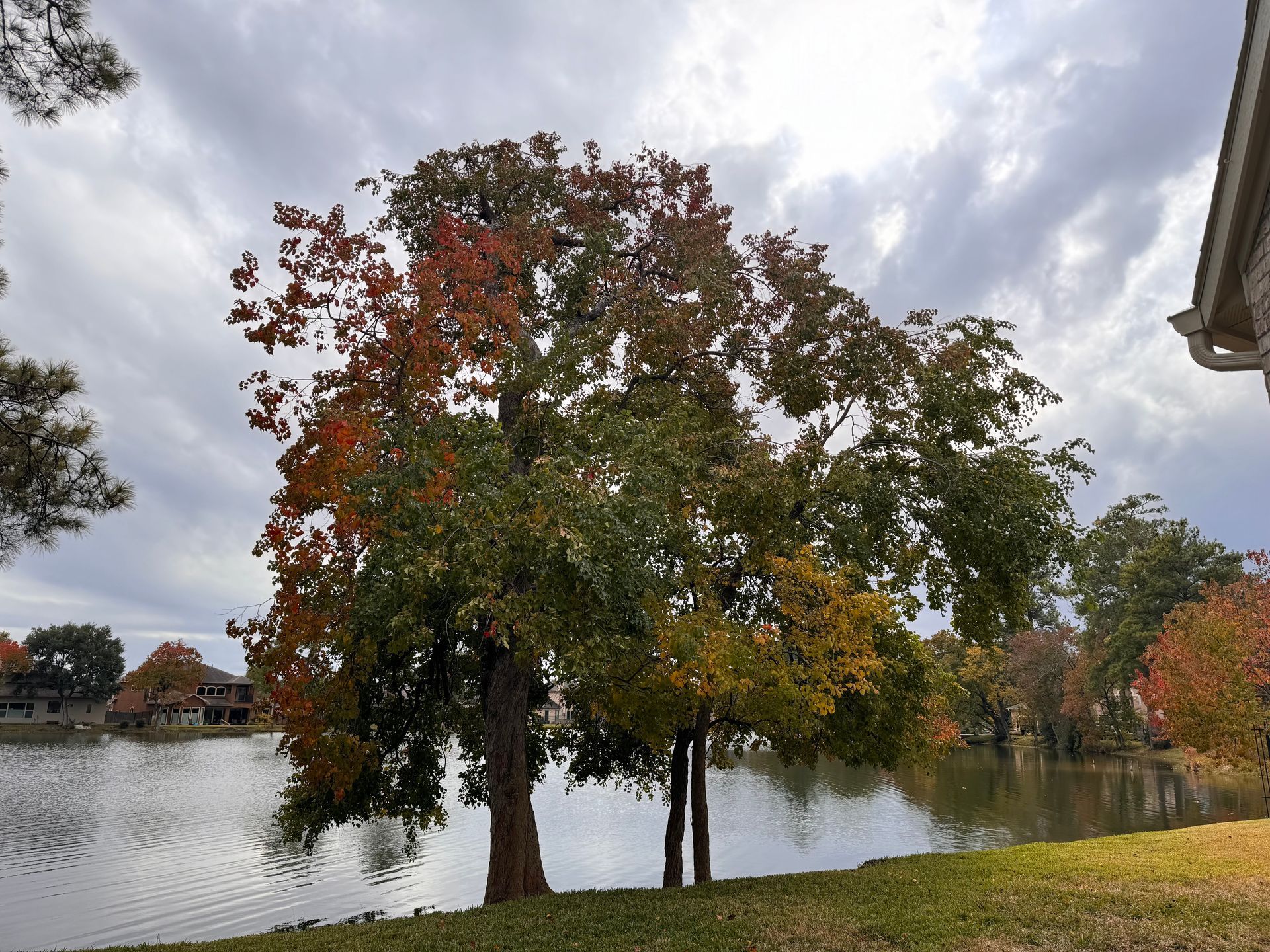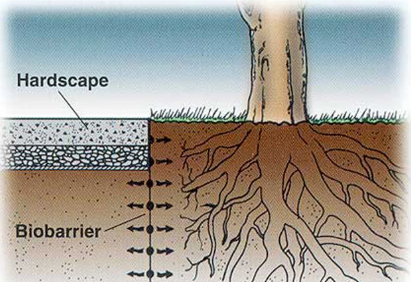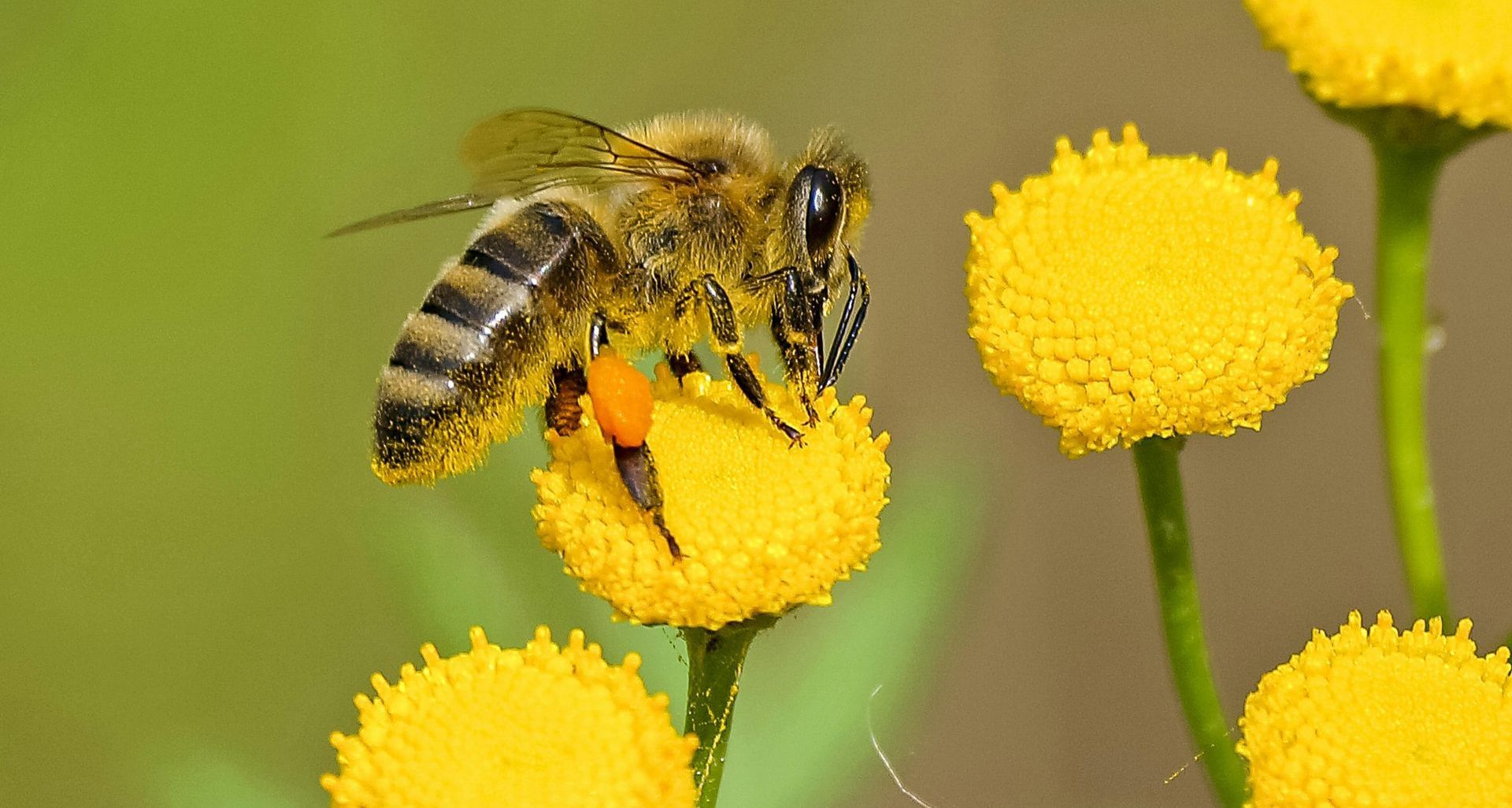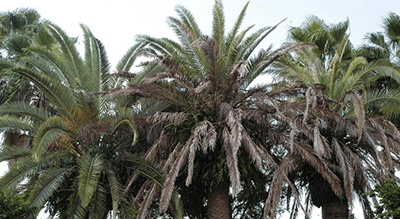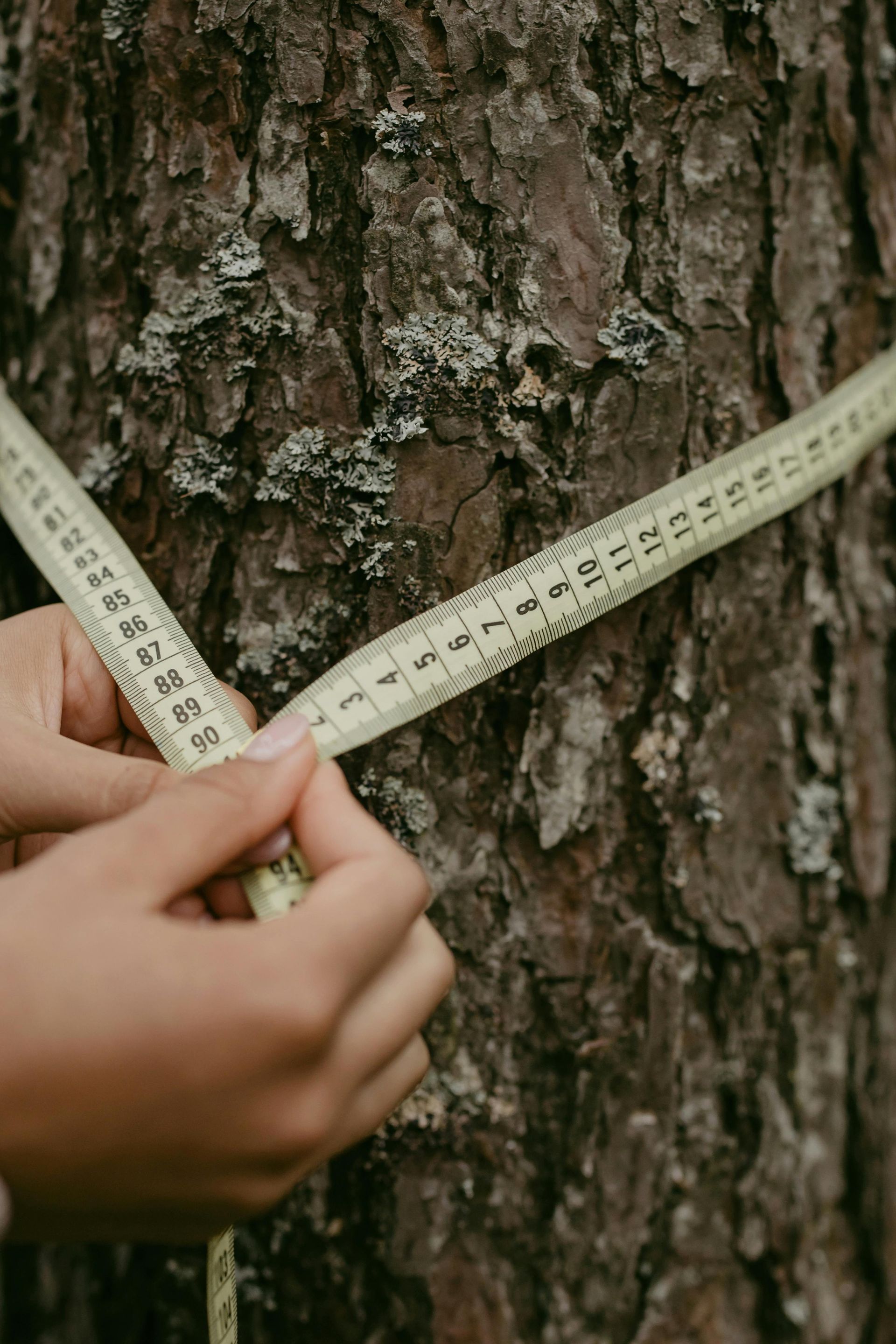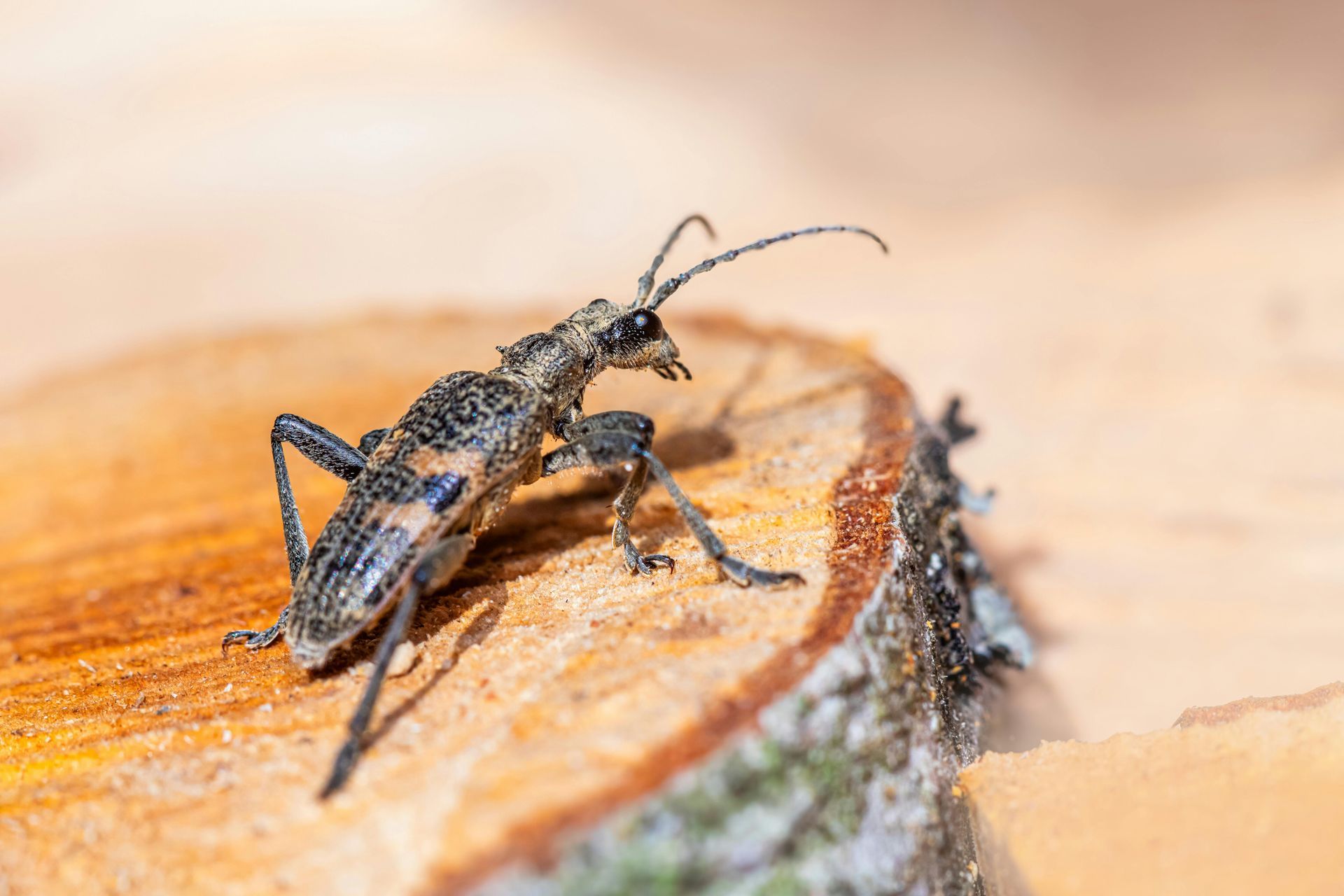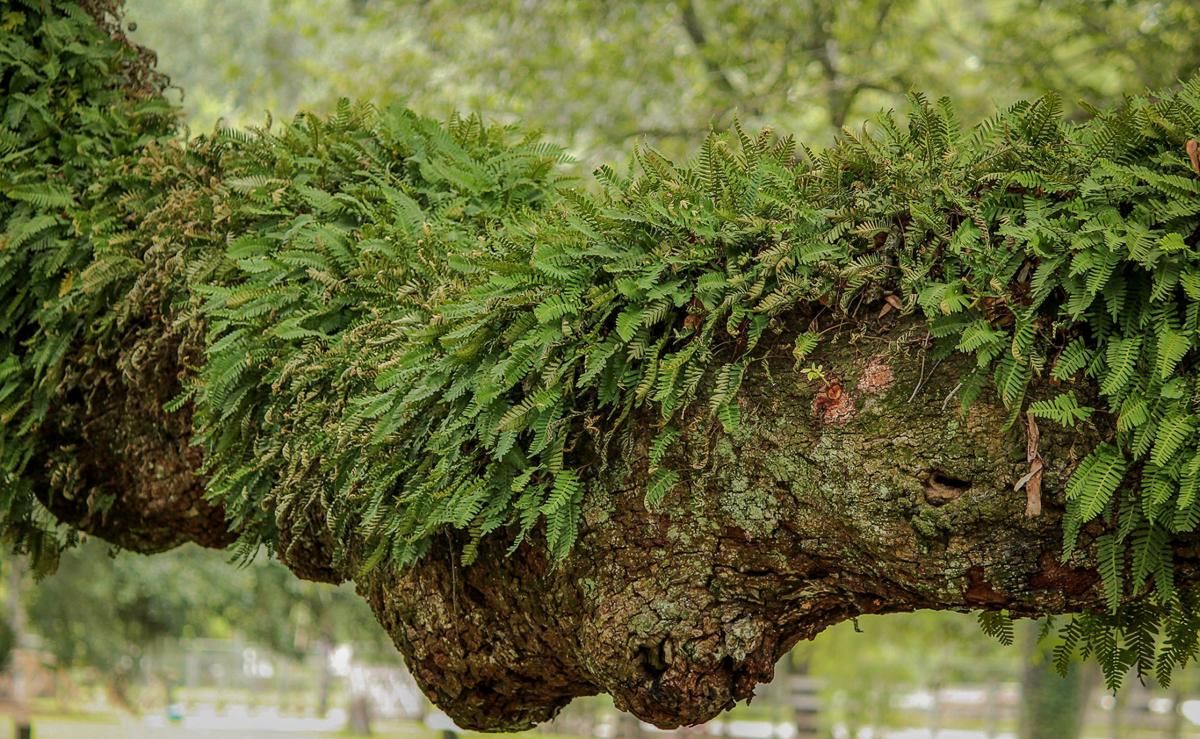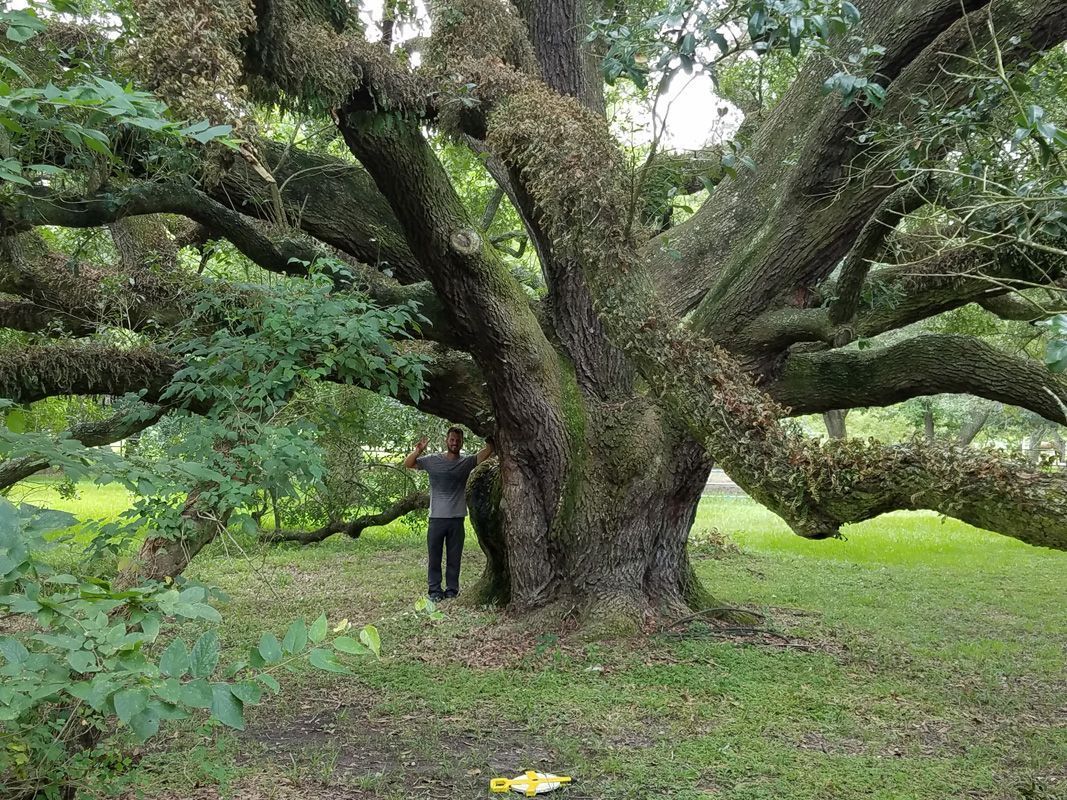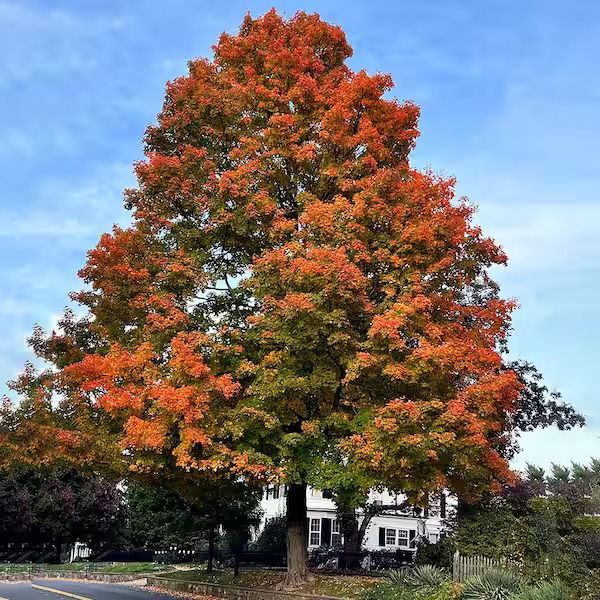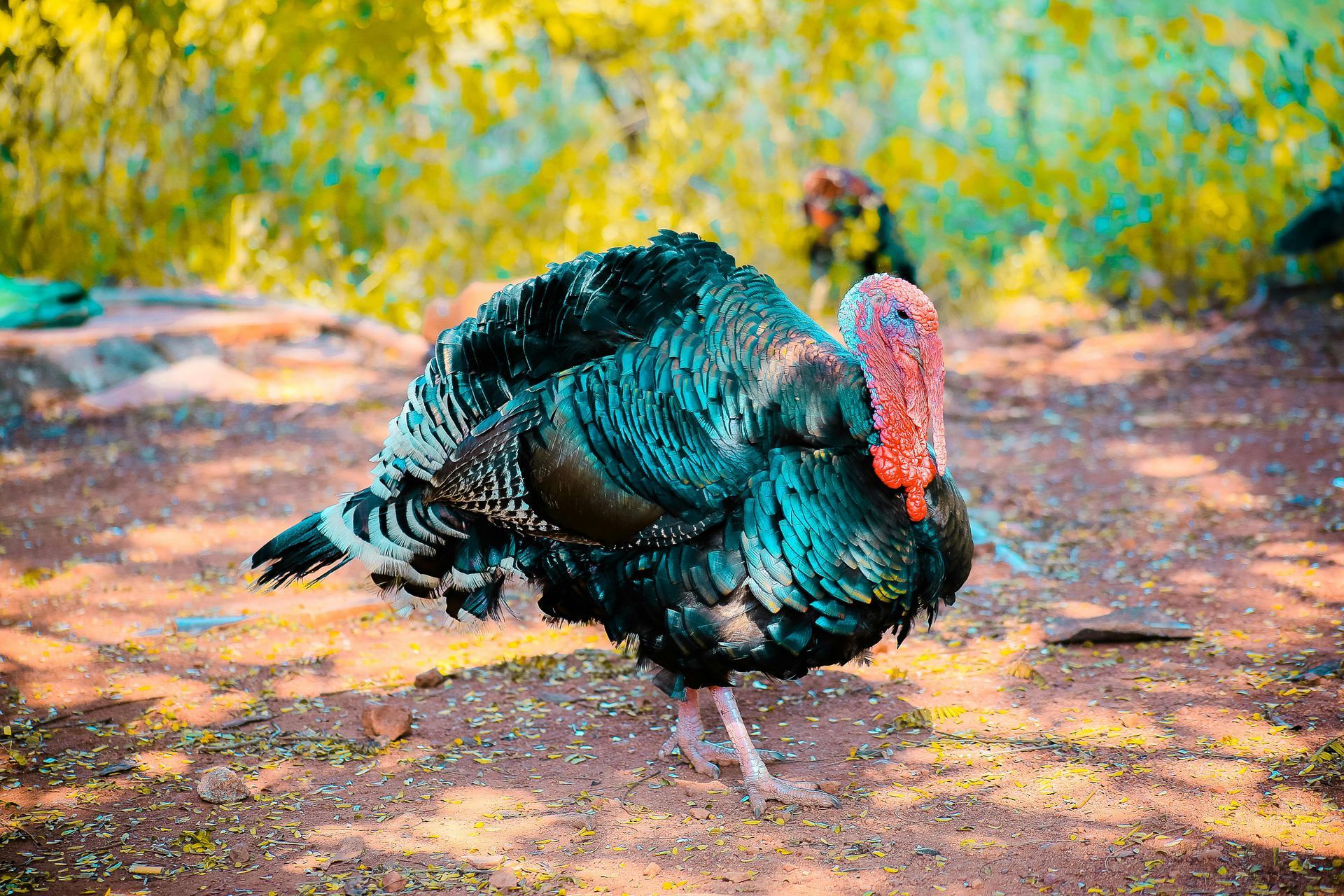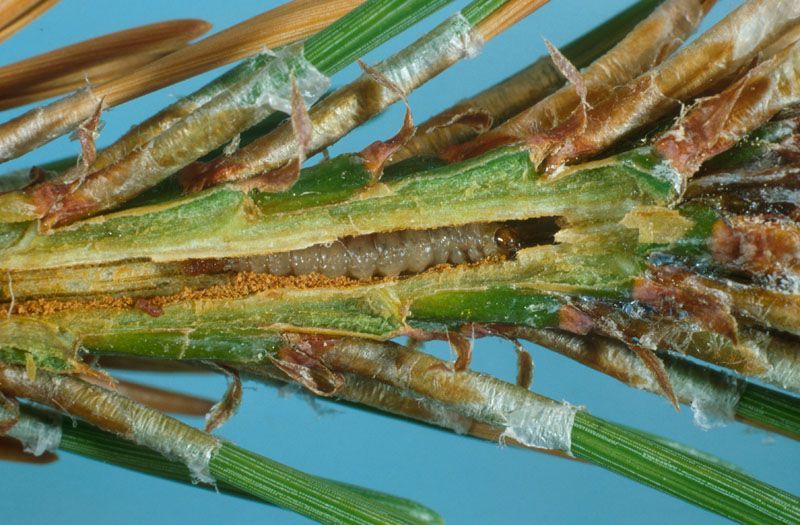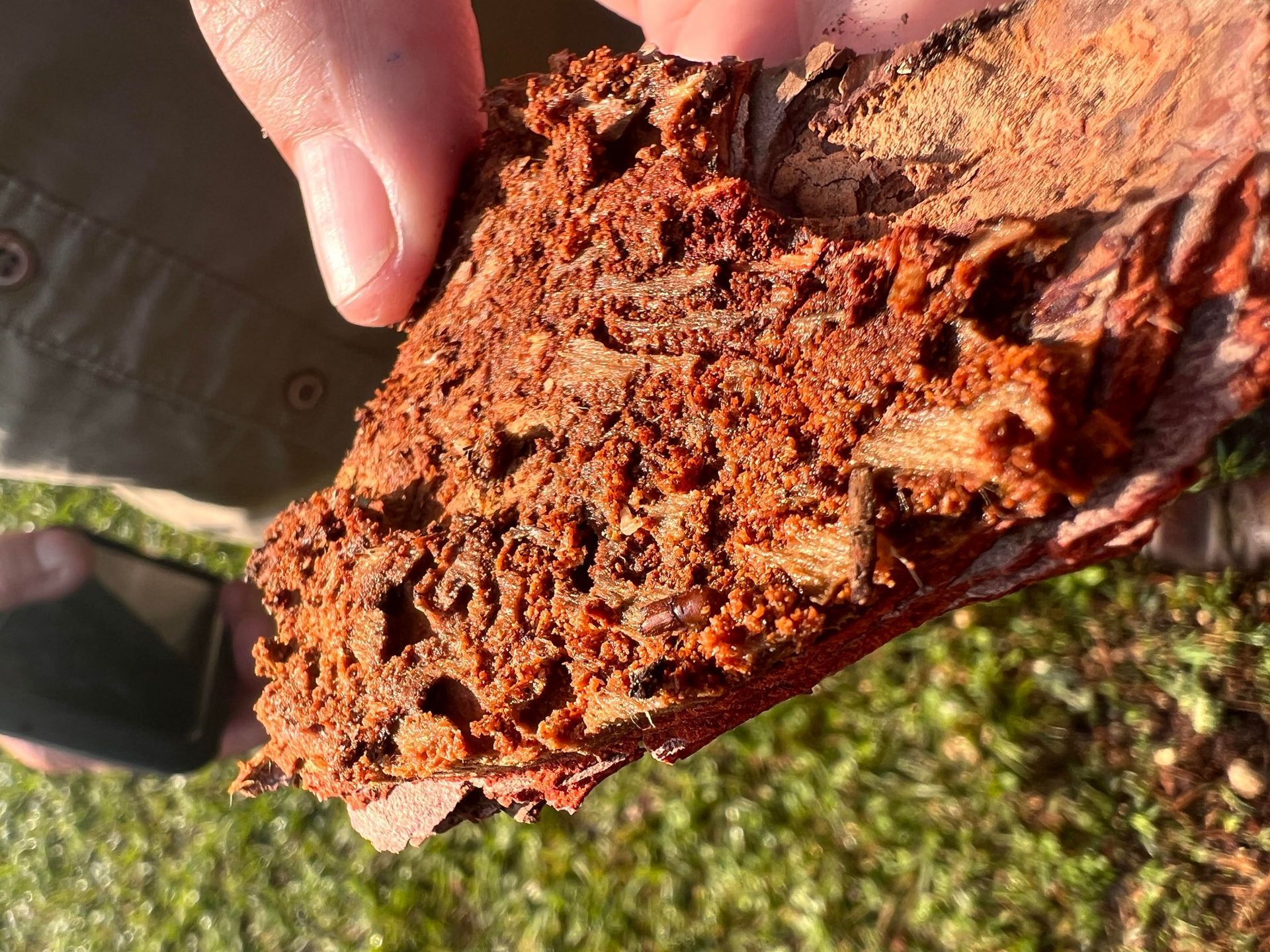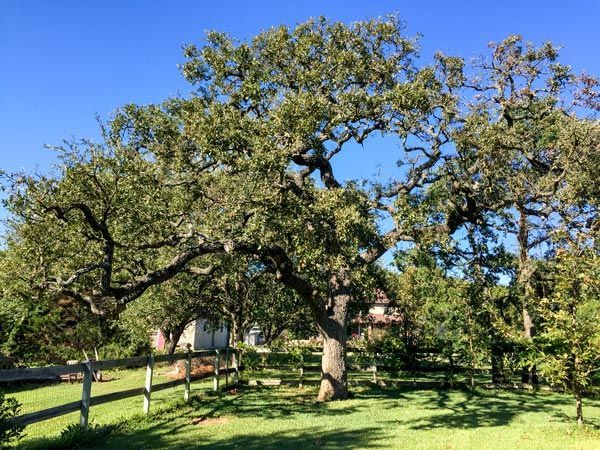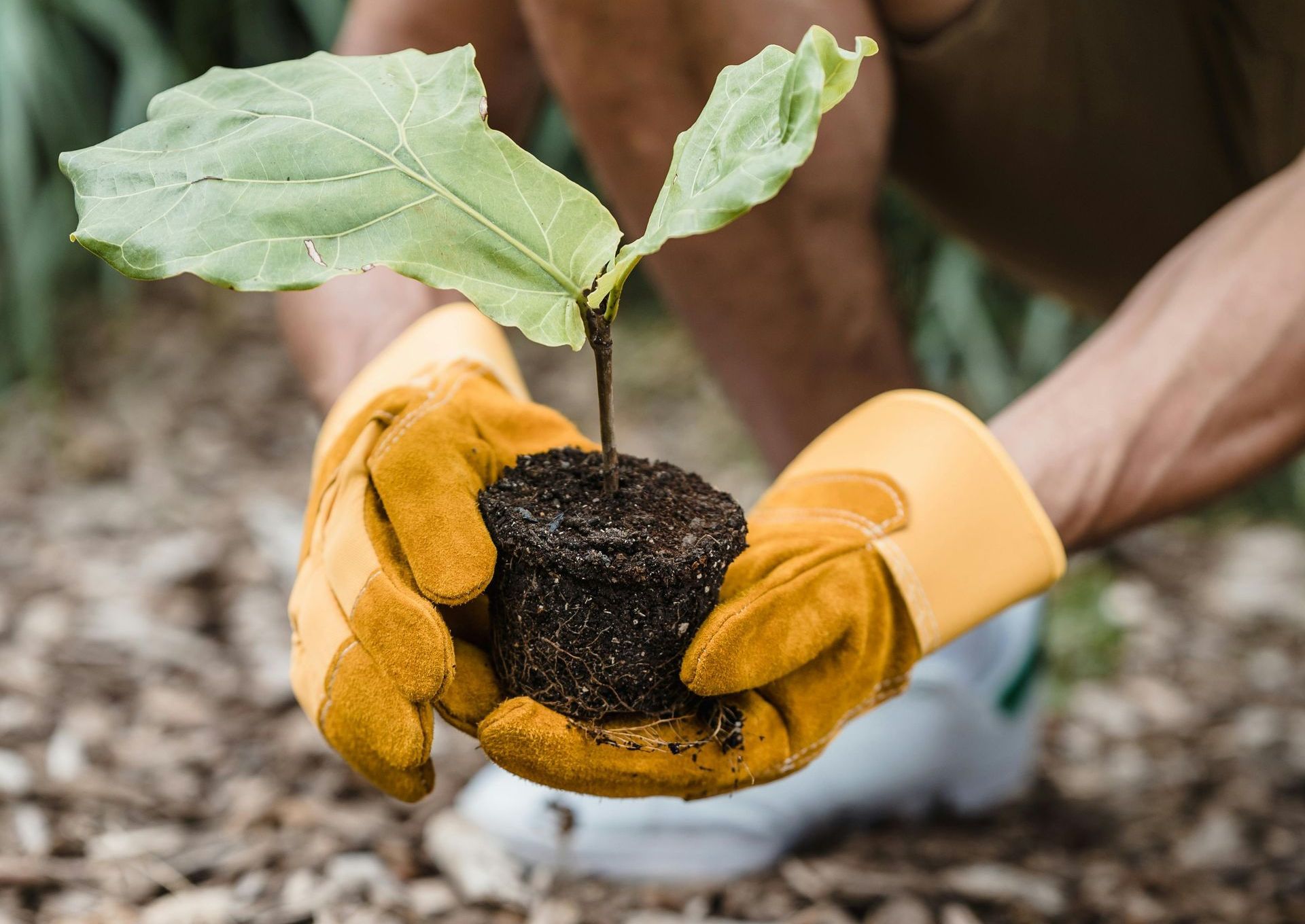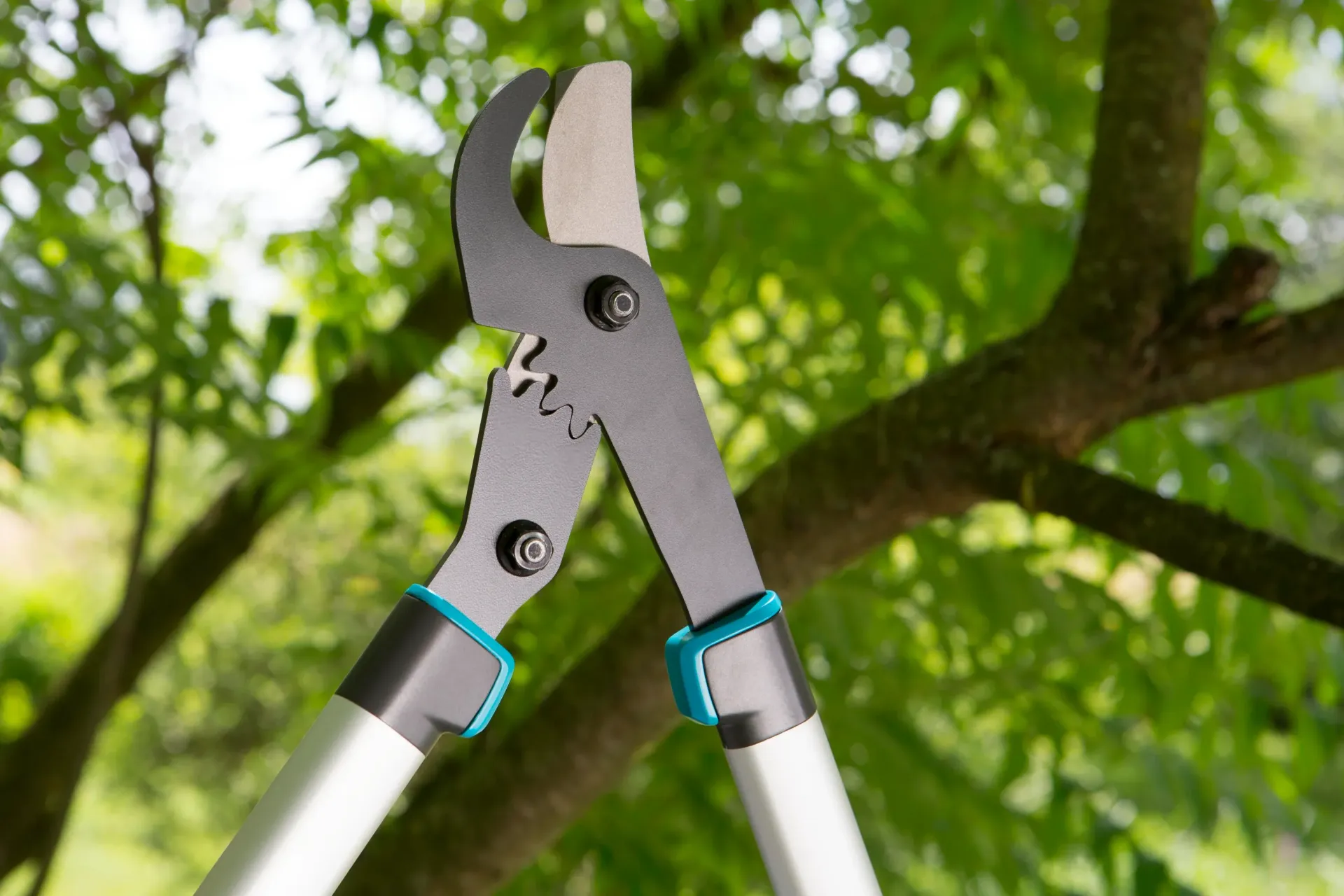Liriope’s Muse: Tree Care Tips from a Master Arborist
TRUSTED TREE CARE SERVICES SINCE 1970
Liriope's Muse: What Happened to all the Magnolias in Houston
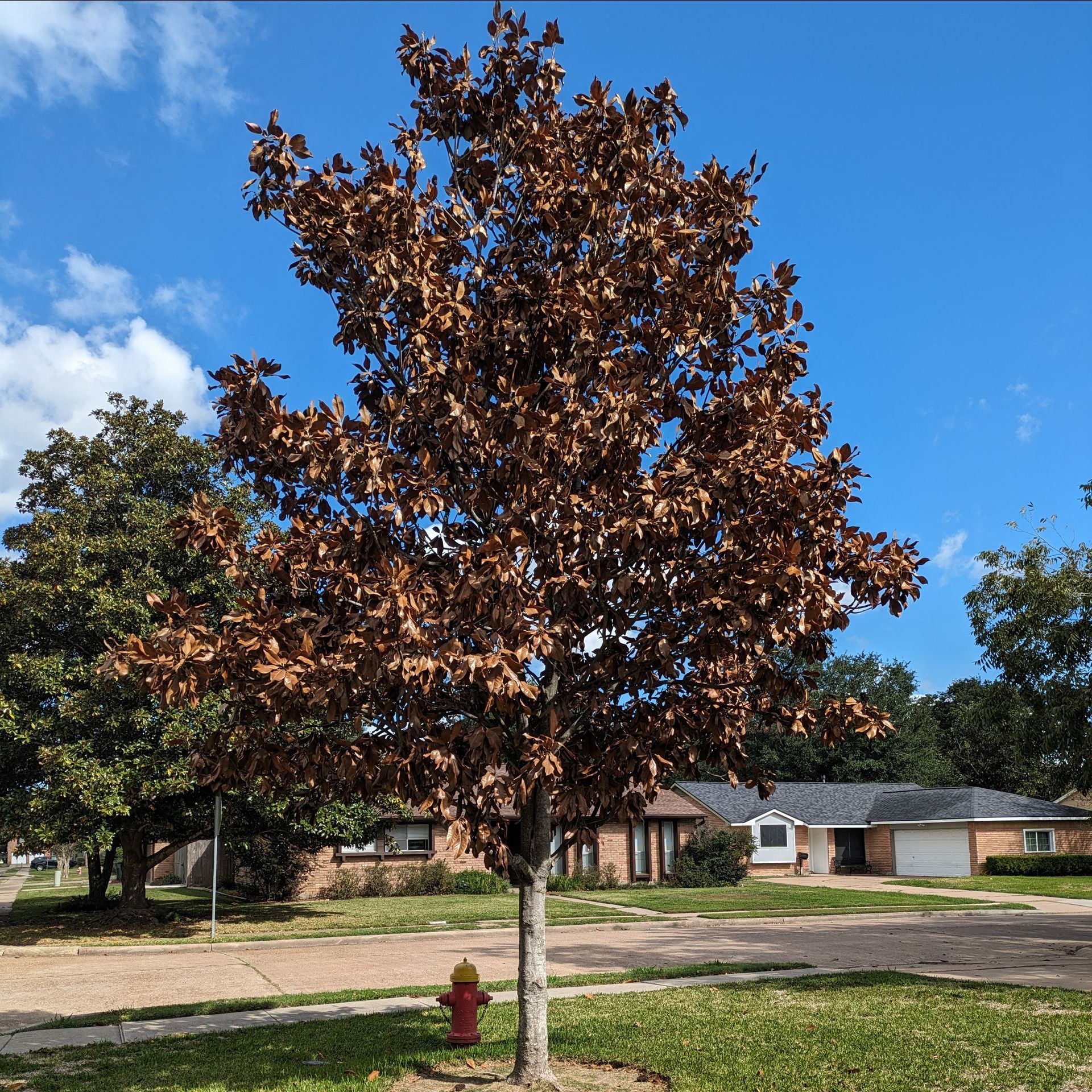
This summer, June-August 2023, the Houston and the greater Houston area experienced record-breaking temperatures and drought. The average temperature in Houston was 88 degrees, beating the summer of 2011’s record by just over a 10th of a degree. In addition to the heat, Houston experienced a devastating drought. This summer was ranked the 11th driest summer in Houston’s recorded history, runner-up to the summer of 1980, only having received 6.23 inches of rain. The grueling heat surpassed summer and crept into September, breaking another heat record. September 2023 is the hottest September to be recorded in Houston’s history!
Magnolias are quite resilient trees; they require little care and are naturally resistant to many pests and diseases like most evergreen trees. They have a possible life span of over 100 years and most varieties can tolerate freezing winters, the summer heat, and moderate droughts. However, the conditions of this past summer were hard on even the most resilient of trees. You see, Southern magnolias (the magnolias native to southern Texas) actually prefer warm sunny conditions, but coupled with a prolonged drought it was just too harsh for many of them. The way a prolonged drought affects even the most resilient of trees, like the Magnolia, for example, is through their water intake. Trees suck water up through their roots to the tip of their leaves using little tubes in the xylem. You can envision these like a tree’s blood vessels. When a drought dries out the soil, the tree has to work harder to pull water from the ground, and doing so it can increase the risk of drawing air bubbles into the tree’s vessels. Which is very dangerous for a tree as it can cause irreversible damage. Picture you’ve made it to the bottom of your iced soda, you can tell there is some liquid still beneath the ice so you can continue to suck only to receive more bubbles than soda. That is what drinking for trees in a drought is like.
Why is this bad? Well unlike us, trees cannot release excess gas. As they try harder and harder to draw up moisture they begin to accumulate more gas in their vessels/xylem system until they can no longer transport water up into their leaves. As soon as a xylem tube is blocked off by an air bubble, it is no longer functional. Imagine this like having an embolism in a human blood vessel. Like in a human embolism, the gas bubbles stop the flow of fluid and can be a death sentence.
Magnolias have little mouth-like openings on the bottoms of their leaves called stomata. Stomata are small pores in a tree’s leaves that allow for gas exchange during photosynthesis. Stomata, with the help of guard cells, also controls the loss of water by being able to close during hot and dry conditions to hold water. During a drought when the stomata open to absorb carbon dioxide, they lose water through transpiration. The more water lost through their leaves, the harder that the tree must suck to replenish it. Thus, making the tree more vulnerable/prone to an embolism.
How does an embolism kill a tree?
As previously mentioned, the roots suck water from the ground that is carried through the tree to the leaves. If one of the xylem vessels is impacted, you may not see too much of a difference. However, if a few xylem vessels in the same area are impacted, you may see small patches of dead leaves in your tree. This is because each leaf is directly connected to a part of the roots through the xylem. So, if xylem vessels are impacted by air bubbles, water cannot be transported to the leaves they begin to die off. If the damage is large enough whole branches can die off heavily impacting the tree's structural integrity and that in itself can kill the tree. However, not all trees succumb to these air embolisms. If moisture is returned to the ground before the tree has neared 50% impaction there is a solid chance that the tree will make it. In the case that a tree survives, the air embolisms cannot be reversed; but as mentioned before trees are very resilient and though the damage cannot be fixed the trees will grow and adapt around this damage.
To conclude, Magnolias, like many other trees in the greater Houston area are dying due to air embolisms caused by a severe prolonged drought.
Liriope’s Muse - Expert Tree Care Tips
